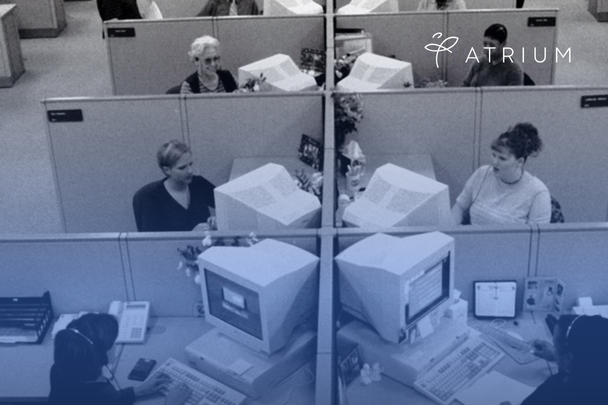Creating a resume can feel overwhelming, especially when you’re launching a job search and want to make a strong first impression. A thoughtfully crafted, well-structured resume is one of the most powerful tools for getting noticed by hiring managers. But how do you begin?
Whether you’re entering the workforce, pivoting careers, or aiming for a promotion, we’ve put together eight steps to help you confidently showcase your skills, experience, and potential on your resume.
Step 1: Create a Strong Resume Header
Your resume header is your professional calling card. Include your full name, phone number, email address, LinkedIn profile, and (if relevant) a portfolio or personal website. While clean design can make your resume stand out, be cautious with graphics or photos. They can be distracting or misinterpreted, depending on the hiring manager.
Step 2: Tailor Your Objective Statement
Write an objective statement tailored to each job you apply for. Include your target job title and a brief statement explaining why you’re a strong match for the role. This section should highlight your most relevant skills and career goals in 1-2 concise sentences.
Step 3: Craft a Professional Summary
Your professional summary is your chance to advertise your talents at a glance. Use 3-4 lines to introduce who you are, what you bring to the table, and what kind of value you offer. Highlight both hard and soft skills while telling a brief story of your career so far. This section is key to establishing your personal brand: what you’re known for, what sets you apart, and how you want to be perceived in your industry.
Step 4: Showcase Your Skills
Create a bulleted “Skills Highlights” section, organized into three categories:
- Talent Proficiencies (e.g., communication, leadership, collaboration)
- Technical Competencies (e.g., software programs, tools, platforms)
- Performance Highlights (e.g., top achievements, metrics, awards)
This structure makes it easy for hiring managers to quickly identify your qualifications. You can also reflect any recent upskilling efforts here such as new tools or certifications you’ve developed to stay competitive and grow in your field.
Step 5: Detail Your Work Experience
List your professional history in reverse chronological order. For each role, include the company name, your job title, dates of employment, and 3 – 5 bullet points that describe:
- The scope of your responsibilities
- Key skills you applied regularly, as well as those you applied occasionally, to solve problems
- Specific results or accomplishments
- Metrics or data that demonstrate impact (e.g., “Increased sales by 20% in one quarter”)
Keep your language results-focused, using strong action verbs to convey a clear message. Provide examples of accomplishments and improvements during your tenure and use quantifiable data whenever possible.
Step 6: Include Relevant Credentials
If you hold professional licenses or possess exceptional educational credentials, consider including this information below the header (Step 1). However, if it feels irrelevant to your career pursuit, it’s okay to leave it out.
Step 7: Add Optional Sections to Strengthen Your Resume
Depending on your background, consider adding these to round out your resume:
- Ongoing Education or Training
- Military Service
- Memberships in Professional Associations
- Publications or Speaking Engagements
- Languages Spoken
- Patents or Special Projects
However, only include what supports your target role.
Step 8: Use a Resume Template to Guide You
Sometimes, the hardest part is knowing where to begin. Using a sample resume as a foundation can make the process less intimidating. It gives you a clear sense of formatting, tone, and the kind of language that resonates with hiring managers.
If you’re looking for personalized feedback, consider investing in professional coaching services to fine-tune your messaging and strategy.
Your Resume Grows with Your Career
Your resume should do more than summarize your work history. It should tell a clear, compelling story about your strengths, growth, and goals. Crafting a great resume is a continuous reflection of your professional development. As you gain experience, expand your skills, or shift directions, your resume should evolve with you.
Ready to take the next step in your career? Browse our open positions and discover your next opportunity today!









